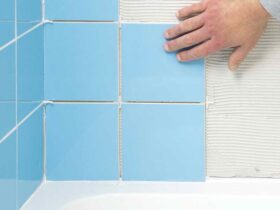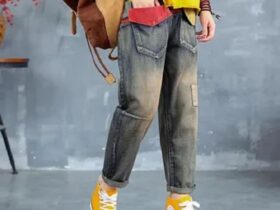The presence of a greenhouse, which brings a good harvest, has become a priority for many summer residents. Apparently, as having felt this need, the market has released the material amazing in properties — polycarbonate for greenhouses. Having become a replacement for glass, cellular polycarbonate gave a head start to all previous competitors. Its main advantages: it is light, does not break, does not beat, easily and simply mounts, passes multiple light, which is more useful for plants than direct sunlight.
Polycarbonate price for which fluctuates within reasonable limits, safer than glass, lighter and stronger. Drops of rain, which used to fill the flowers of plants, do not seep through hermetic plastic. The winning qualities provide the so -called honeycombs — small closed spaces that are formed from external surfaces and internal ribs of stiffness. These ribs give excellent strength. Polycarbonate is able to withstand a decent snow load characteristic of our region, and a strong squalled wind. To make a polycarbonate greenhouse, you need a frame of metal or wood. A competent approach allows you to avoid excessive deflection under a snow cap formed on the roof of the greenhouse. The Greenhouse skeleton itself sets not a small foundation from the pouring tape foundation. In the design of the foundation, embedded parts are left, and the lower ends of the frame are attached to them. Polycarbonate sheets are attached to the finished basis special bolts that do not push a plastic surface. It is worth considering that the honeycombs of polycarbonate, wrapped in rolls, should be in a horizontal direction on the greenhouse so that the condensate does not accumulate and merges to the sides of the greenhouse.
The appearance of the greenhouse from polycarbonate is modern and stylish, it fits perfectly into the landscape of the suburban site. Light cellular polycarbonate, due to its practicality, is suitable not only for greenhouses, but also visors over the porch and canopies.











Оставить коммент.